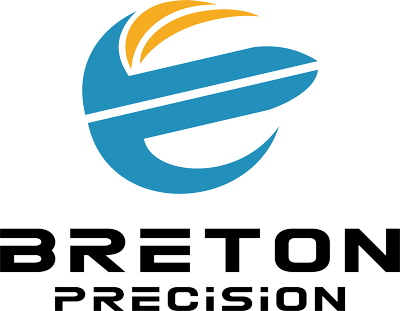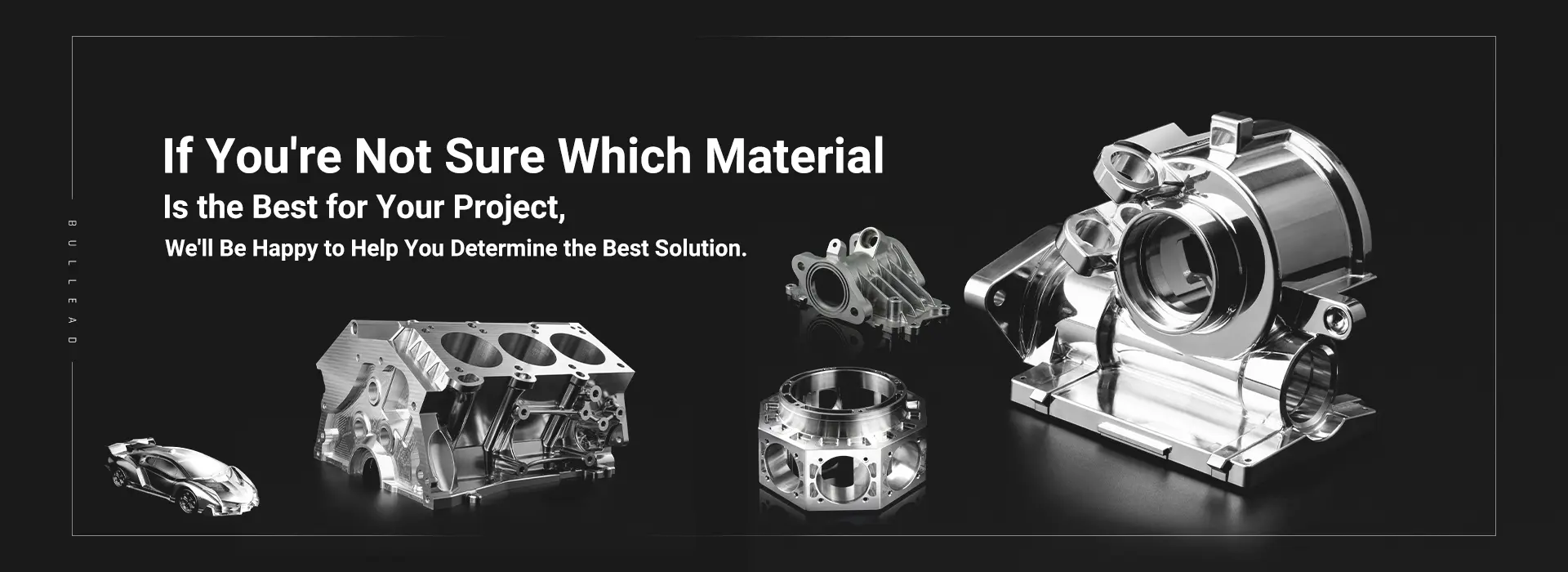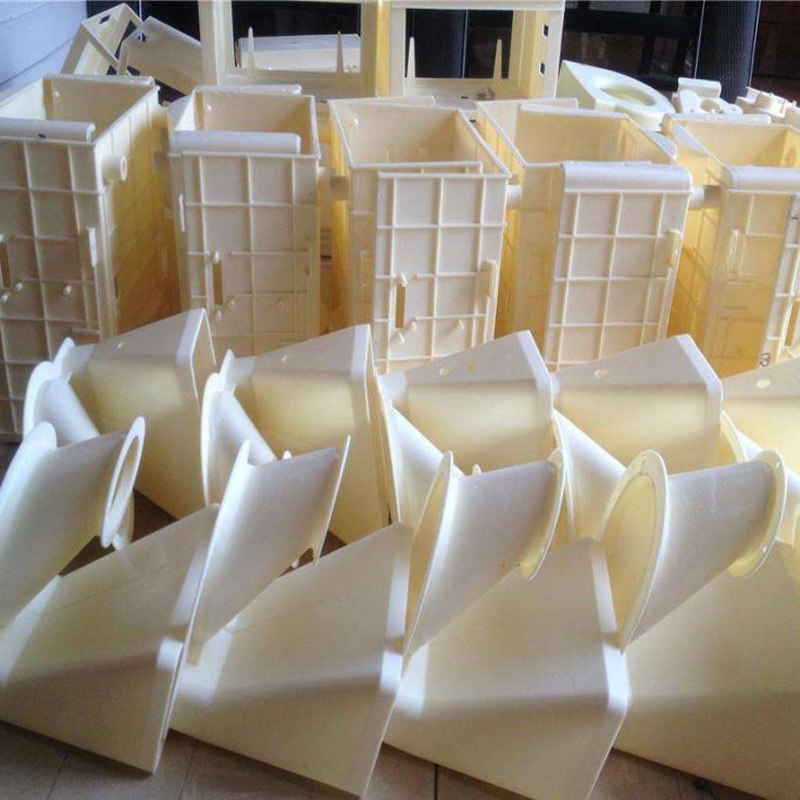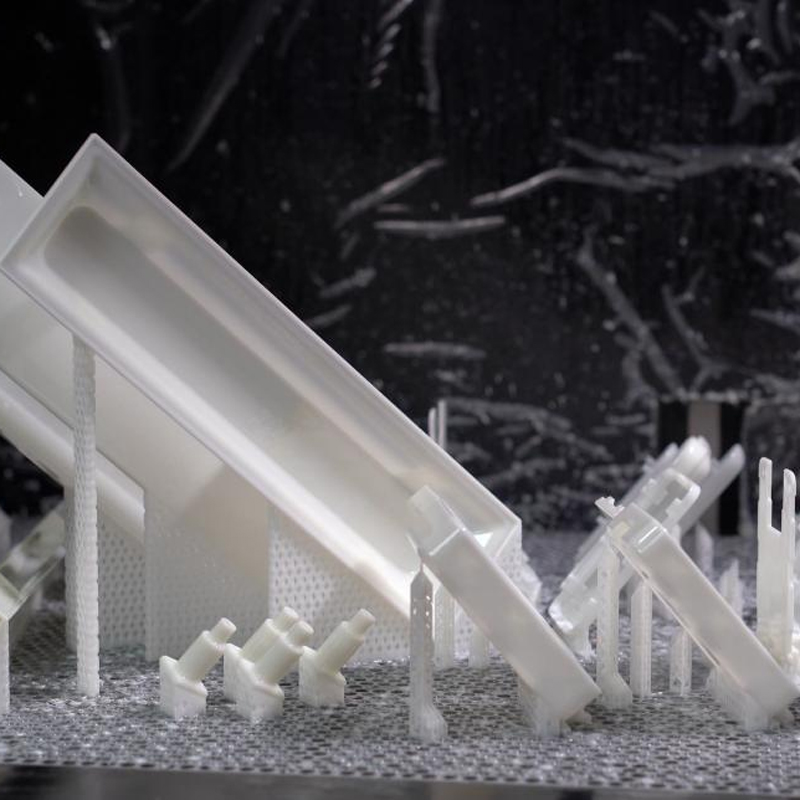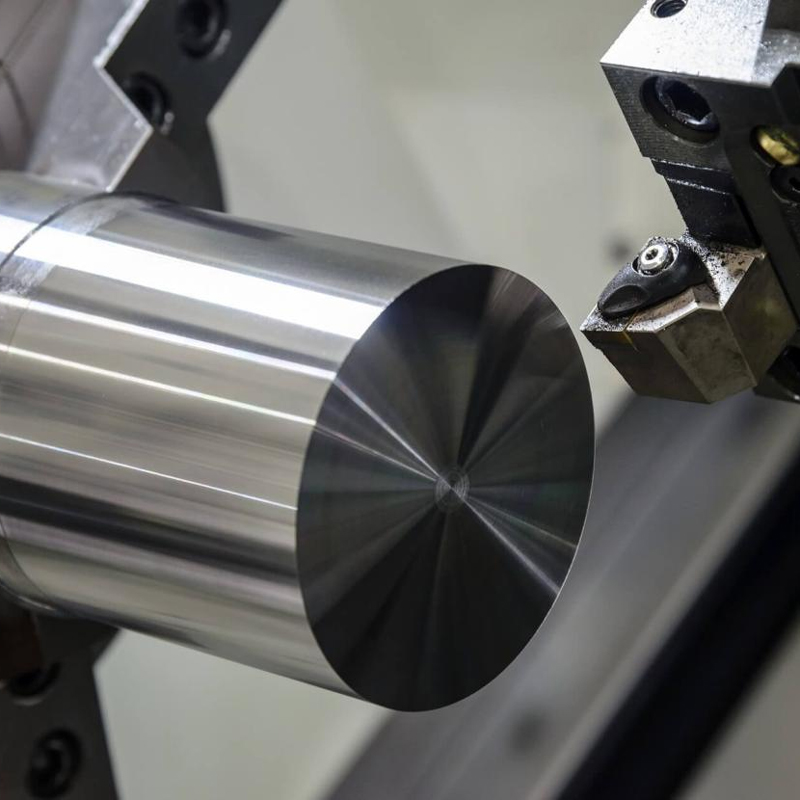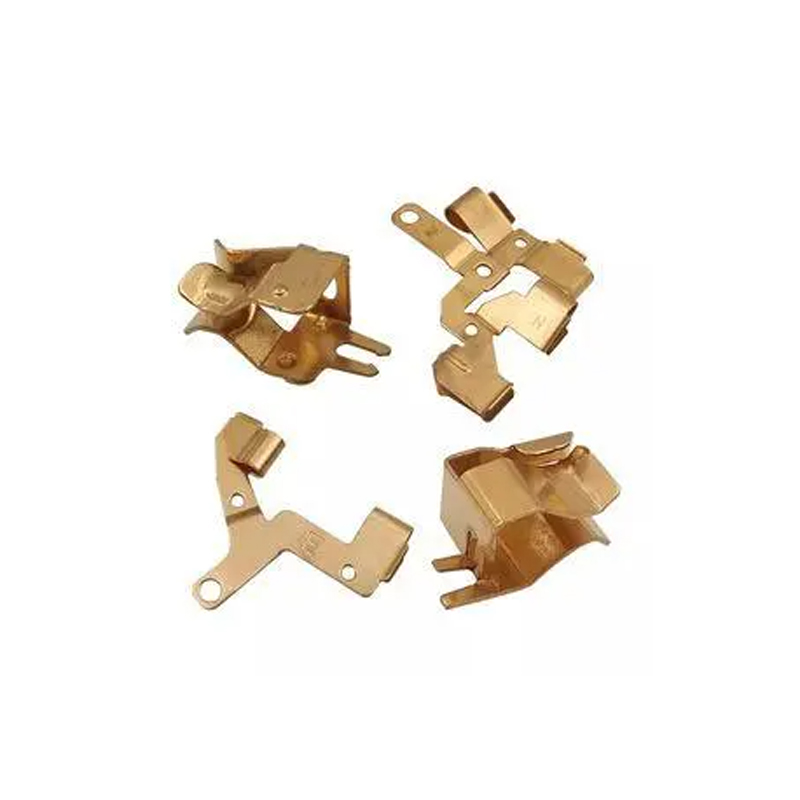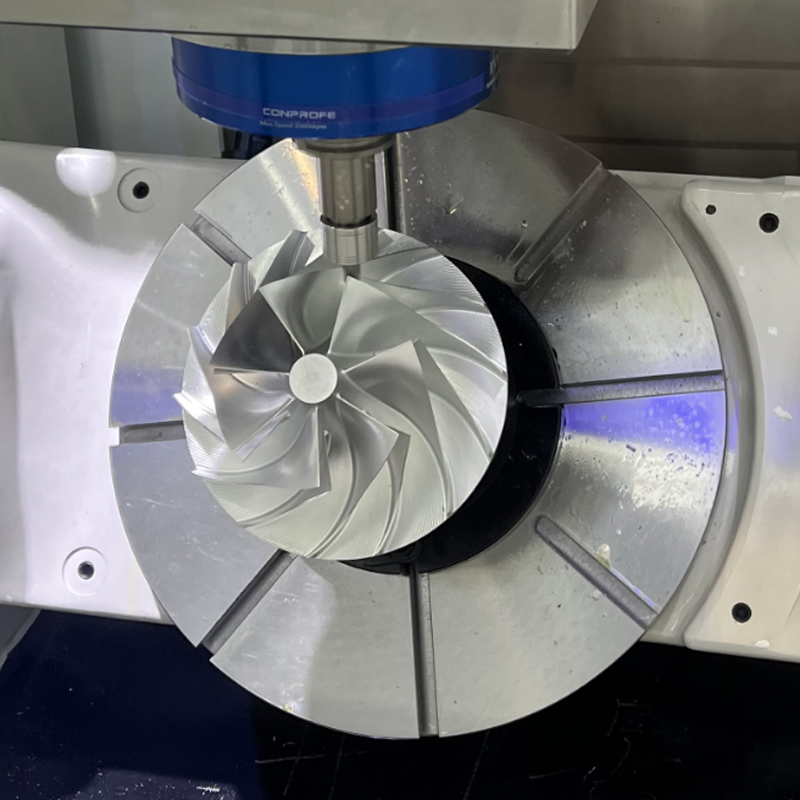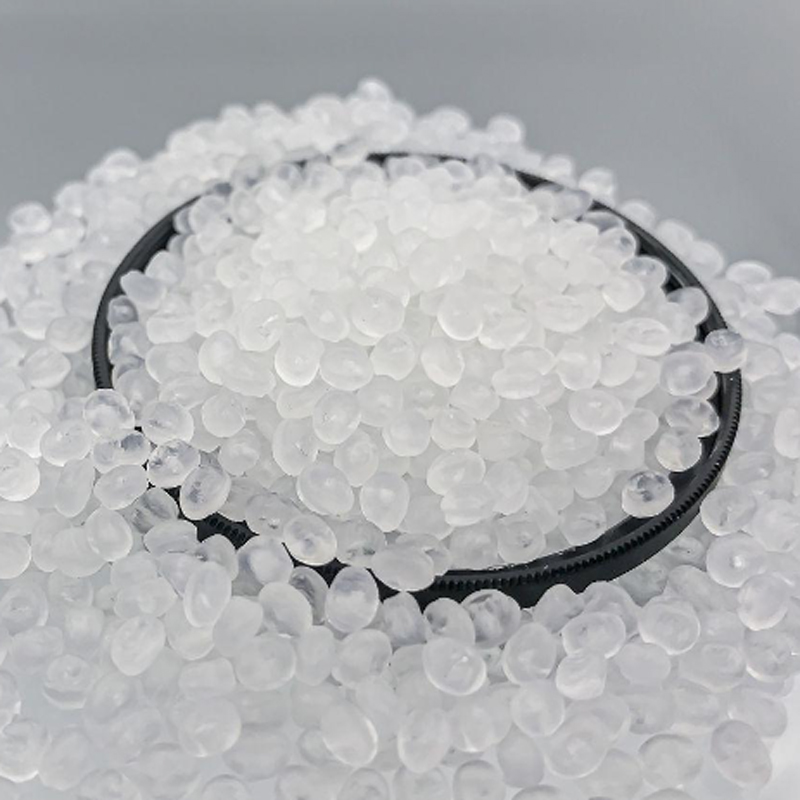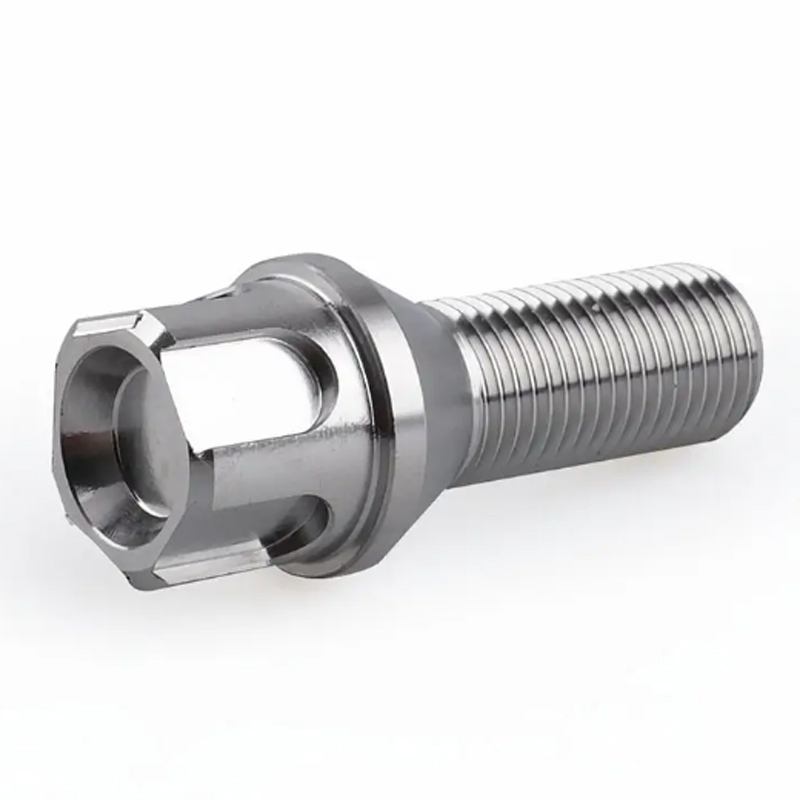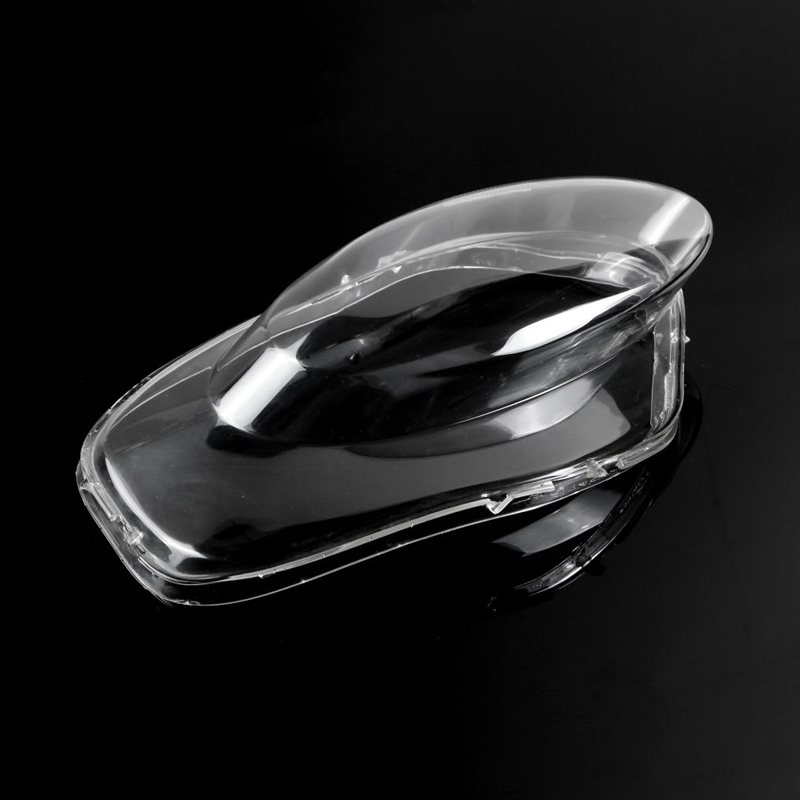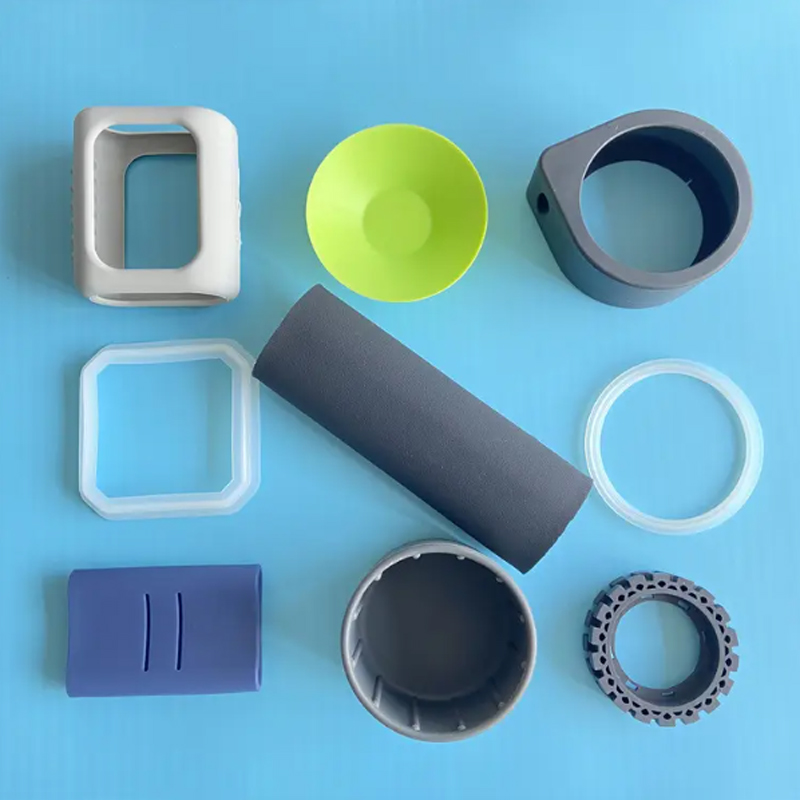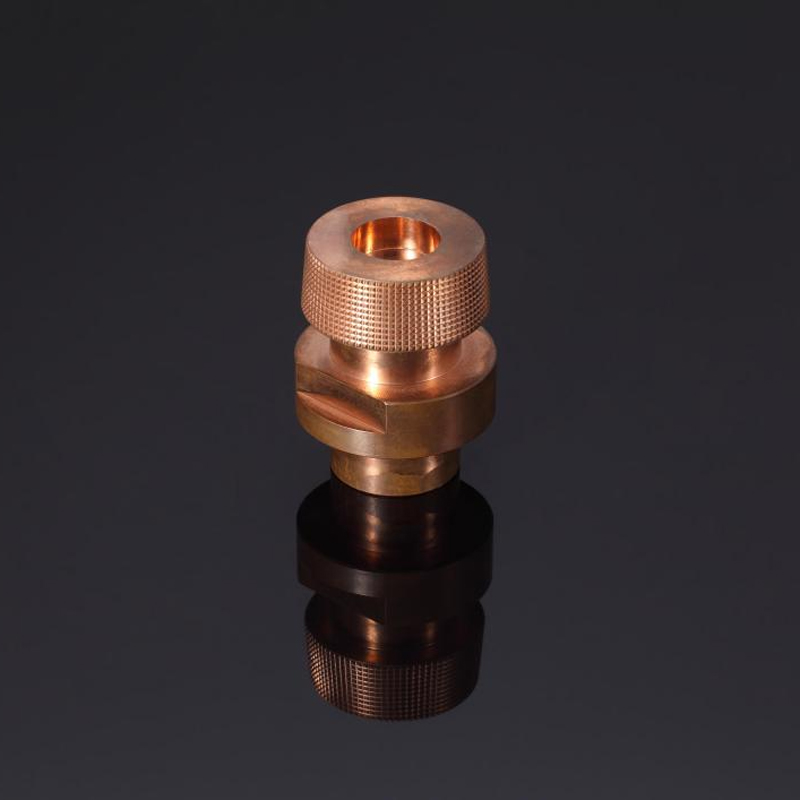petg 3d printing
PETG, or Polyethylene Terephthalate Glycol, is a versatile and increasingly popular material choice for 3D printing. Its unique properties make it suitable for a wide range of applications, from functional prototypes to end-use parts. Here is a detailed discussion on PETG 3D printing, its advantages, and why it might be the right material for your project. PETG is a glycol-modified version of PET (Polyethylene Terephthalate), a well-known thermoplastic material. By introducing glycol modifiers, PETG gains improved flexibility, impact resistance, and lower melting temperatures compared to its predecessor. These modifications make PETG an excellent choice for 3D printing, as it combines the durability of PET with the ease of printing and flexibility of other filaments. One of the main advantages of PETG 3D printing is its excellent layer adhesion. The material's low viscosity and good wetting properties allow it to bond well with previous layers, resulting in smooth and uniform surfaces. This is especially important for applications that require a high level of finish and detail, such as jewelry, toys, or decorative objects. PETG also boasts excellent chemical resistance, making it suitable for applications that might be exposed to harsh chemicals or solvents. This durability ensures that your 3D printed parts can withstand the rigors of real-world use without degrading or losing their shape. Another notable feature of PETG is its transparency. While not as clear as glass or some other transparent plastics, PETG offers a good level of translucency that allows for interesting visual effects and lighting possibilities. This transparency can be further enhanced by post-processing techniques like sanding or polishing.
